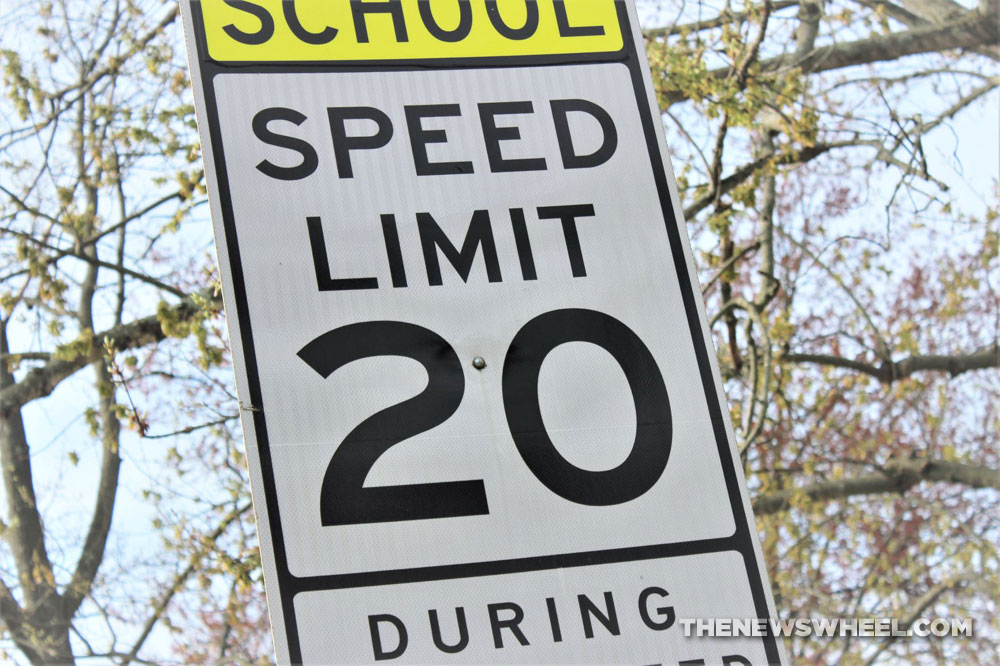
It seems like everywhere you drive, the speed limit is a different number. Whether you’re blazing down the highway at 70 mph, cruising down a country road at 55 mph, or crawling through a small town at 25 mph, speed limits vary greatly all over the country — and the world.
How are speed limits determined? Are they arbitrarily picked, or do they involve intense calculations? And what motivates lawmakers to change the speed limits sometimes?
Want to Get the Most Mileage Out of Your Car’s Gas Tank? Here are some easy ways to increase its fuel efficiency
It’s important that a speed limit isn’t too low or too high. If it’s too low, many drivers will ignore the limit drive as fast as they deem reasonable. If it’s too high, some drivers will become overwhelmed by the rush of fast-moving traffic and drive much too slowly.
Thus, it’s best to decide upon a speed limit that’s close to the speed most people actually drive at already — not what lawmakers or locals want to prescribe. If the average speed that most drivers in an area are moving at substantially increases over time, the speed limit might be increased to reflect that.
If you ask a transportation safety engineer about how speed limits are determined, they’ll probably mention the 85th percentile.
According to CABO Consulting Traffic Engineer Bob Shanteau, this method of calculation is used by many traffic experts to establish regulatory speed zones. It assumes that the majority of drivers will naturally find a speed at which they’re most comfortable in a given area, fitting into the flow of traffic and avoiding reckless tendencies.
Thus, the 85th percentile takes into account the actual, current driving habits of people. And that takes a lot of on-site monitoring (to learn more about the methodology, read this Florida DOT manual).
After gathering a significant amount of driving data on an area, experts will chart average speeds to find a point at or below what 85 percent of people are driving. That becomes the maximum safe-driving speed in that location. It’s the method that, for instance, the Texas DOT uses.
Safe Driving Recommendations: How to care for your car’s tires so they perform properly
That’s just the engineering approach. According to the Federal Highway Administration, there are many other methods that can be used to determine speed limits.
The optimization approach aims to minimize the total cost and impact of transportation on a society — taking travel time, traffic noise, pollution, and many other things into account to find an ideal speed. Another approach focuses on setting speed limits at which, if the car were to wreck, the human body would be able to survive the force of the impact.
Sometimes, speed limits aren’t determined by people but by computer systems that use data as a knowledge base to infer recommendations on behalf of speed limit experts. This approach is known as the expert system approach.
Some regions around the world are given the jurisdiction to decide on the precise speed limit of its streets as long as they’re within a given range — say between 25-45 mph on residential streets. This freedom allows local municipalities to perform surveys on common travel routes to pick a specific speed that considers road characteristics, visibility, collision records, pedestrian traffic, and average driver speeds.
Regardless of how the speed limit is determined, the chosen rate is the law and should be followed as such. A lot of work has been put into deciding upon a speed that is reasonable, realistic, and safe — even if you’d prefer it were a much higher number.
Aaron is unashamed to be a native Clevelander and the proud driver of a Hyundai Veloster Turbo (which recently replaced his 1995 Saturn SC-2). He gleefully utilizes his background in theater, literature, and communication to dramatically recite his own articles to nearby youth. Mr. Widmar happily resides in Dayton, Ohio with his magnificent wife, Vicki, but is often on the road with her exploring new destinations. Aaron has high aspirations for his writing career but often gets distracted pondering the profound nature of the human condition and forgets what he was writing… See more articles by Aaron.


